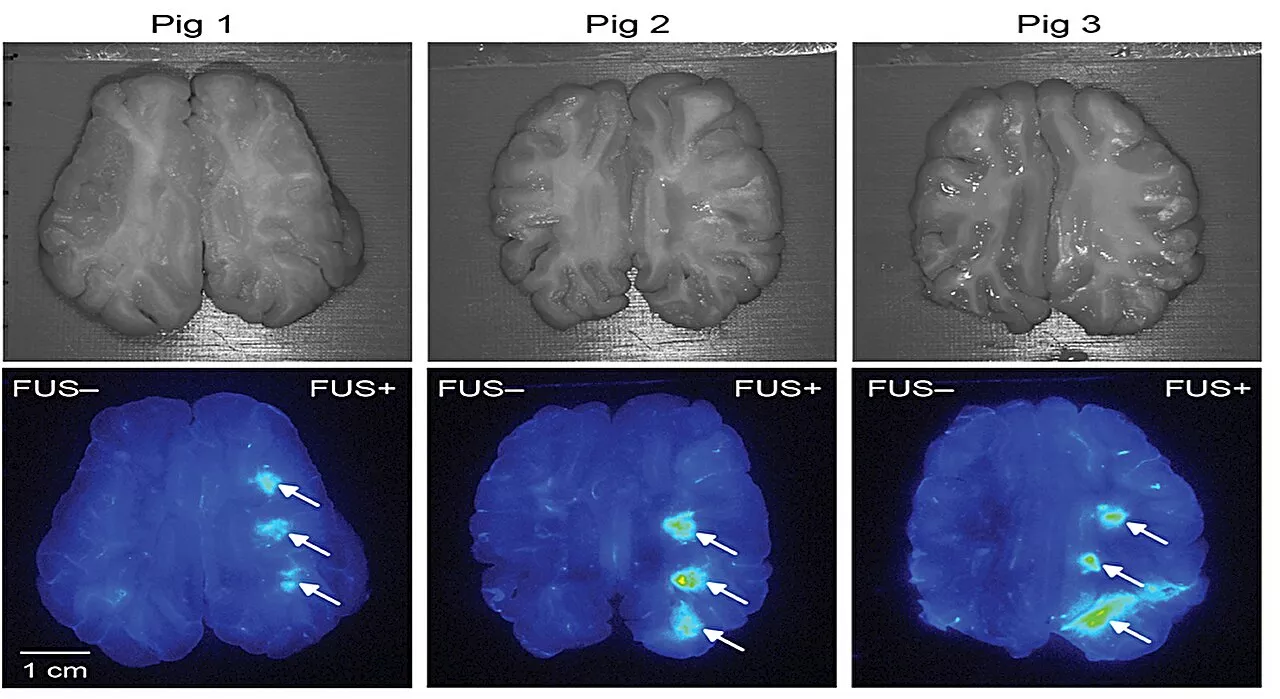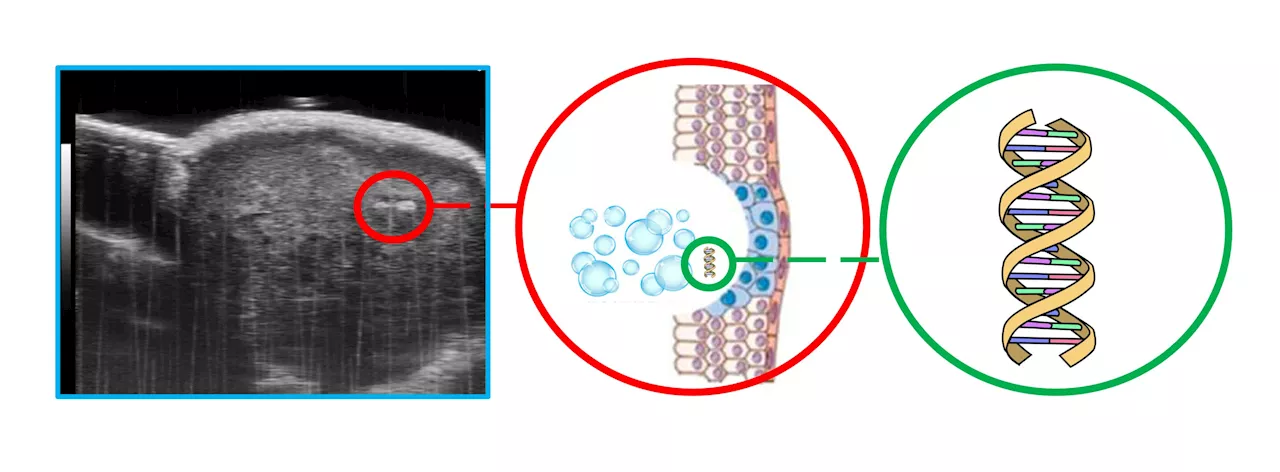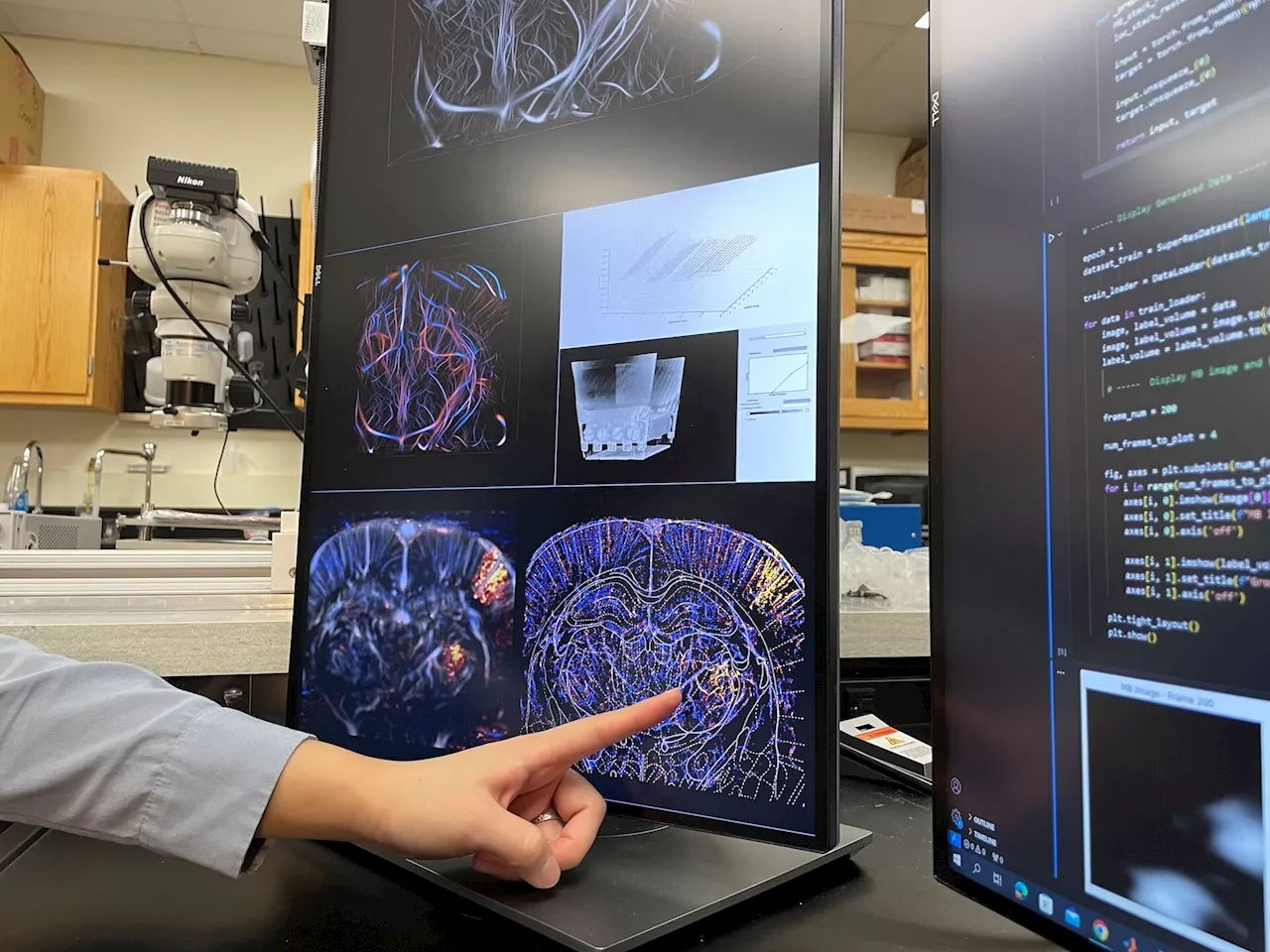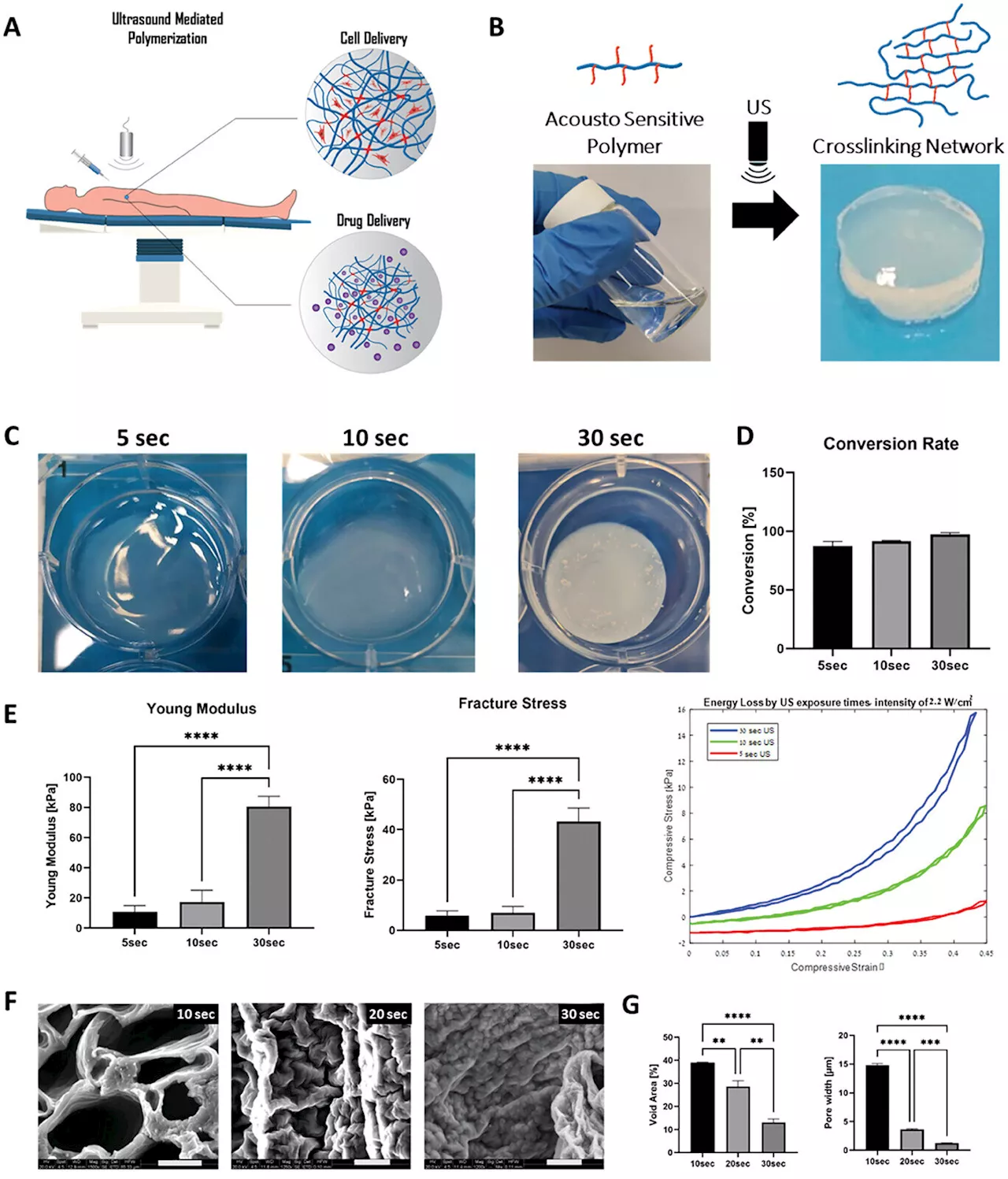Ultrasound imaging offers a valuable and noninvasive way to find and monitor cancerous tumors. However, much of the most crucial information about a cancer, such as specific cell types and mutations, cannot be learned from imaging and requires invasive and damaging biopsies.
May 14 2024Acoustical Society of America One research group developed a way to employ ultrasound to extract this genetic information in a gentler way.
Ultrasound, at exposure levels higher than is used for imaging, can create tiny pores in cell membranes, which safely reseal. This process is known as sonoporation. The pores formed due to sonoporation were previously used to get drugs into cells and tissues. In our case, we care about releasing the contents of cells for diagnostics." The ultrasound releases biomarkers from the cells into the bloodstream, increasing their concentration to a level high enough for detection.
Not only was this approach successful at detecting biomarkers, but it also boasts a lower price compared to conventional testing. The team also demonstrated the potential for applying intense ultrasound to liquefy small volumes of tissue for biomarker detection. The liquified tissue can be retrieved from blood samples or through fine-needle syringes, a much more comfortable option compared to the damaging core-needle alternative.
Genetic Ultrasound Blood Cell DNA Education Genetic Information Imaging Language Micro Research Running Tumor
United Kingdom Latest News, United Kingdom Headlines
Similar News:You can also read news stories similar to this one that we have collected from other news sources.
 Pivotal roundtable focuses on ultrasound training and certification for primary maternal health cliniciansInteleos is set to host a pivotal roundtable alongside a side event during the WHO World Health Assembly and the AI for Good Global Summit.
Pivotal roundtable focuses on ultrasound training and certification for primary maternal health cliniciansInteleos is set to host a pivotal roundtable alongside a side event during the WHO World Health Assembly and the AI for Good Global Summit.
Read more »
 Doppler ultrasound feasible for first-line diagnosis of giant cell arteritisFor patients with high clinical suspicion of giant cell arteritis (GCA), color Doppler ultrasound of the temporal artery as a first-line diagnostic tool can avoid the need for other diagnostic tests, according to a study published online May 7 in the Annals of Internal Medicine.
Doppler ultrasound feasible for first-line diagnosis of giant cell arteritisFor patients with high clinical suspicion of giant cell arteritis (GCA), color Doppler ultrasound of the temporal artery as a first-line diagnostic tool can avoid the need for other diagnostic tests, according to a study published online May 7 in the Annals of Internal Medicine.
Read more »
 How ultrasound and microbubbles could deliver immunotherapy to the brainMalignant primary brain tumors are the leading cause of cancer deaths among children and young adults with few therapeutic options. Treatments are limited by the blood–brain barrier, a unique structure within the brain formed by tightly connected cells that line the inside of blood vessels.
How ultrasound and microbubbles could deliver immunotherapy to the brainMalignant primary brain tumors are the leading cause of cancer deaths among children and young adults with few therapeutic options. Treatments are limited by the blood–brain barrier, a unique structure within the brain formed by tightly connected cells that line the inside of blood vessels.
Read more »
 Intense ultrasound extracts genetic info for less invasive cancer biopsiesUltrasound imaging offers a valuable and noninvasive way to find and monitor cancerous tumors. However, much of the most crucial information about a cancer, such as specific cell types and mutations, cannot be learned from imaging and requires invasive and damaging biopsies.
Intense ultrasound extracts genetic info for less invasive cancer biopsiesUltrasound imaging offers a valuable and noninvasive way to find and monitor cancerous tumors. However, much of the most crucial information about a cancer, such as specific cell types and mutations, cannot be learned from imaging and requires invasive and damaging biopsies.
Read more »
 Advancing high-resolution ultrasound imaging with deep learningResearchers at the Beckman Institute for Advanced Science and Technology have developed a new technique to make ultrasound localization microscopy, an emerging diagnostic tool used for high-resolution microvascular imaging, more practical for clinical settings. Their method uses deep learning to advance in the post-processing pipeline of ULM.
Advancing high-resolution ultrasound imaging with deep learningResearchers at the Beckman Institute for Advanced Science and Technology have developed a new technique to make ultrasound localization microscopy, an emerging diagnostic tool used for high-resolution microvascular imaging, more practical for clinical settings. Their method uses deep learning to advance in the post-processing pipeline of ULM.
Read more »
 Scientists harness ultrasound for drug delivery and tissue implantationResearch presents an advance in drug delivery and tissue implantation assisted by ultrasound, developed by researchers from the Technion Faculty of Biomedical Engineering. The work is published in the journal Small Methods.
Scientists harness ultrasound for drug delivery and tissue implantationResearch presents an advance in drug delivery and tissue implantation assisted by ultrasound, developed by researchers from the Technion Faculty of Biomedical Engineering. The work is published in the journal Small Methods.
Read more »
